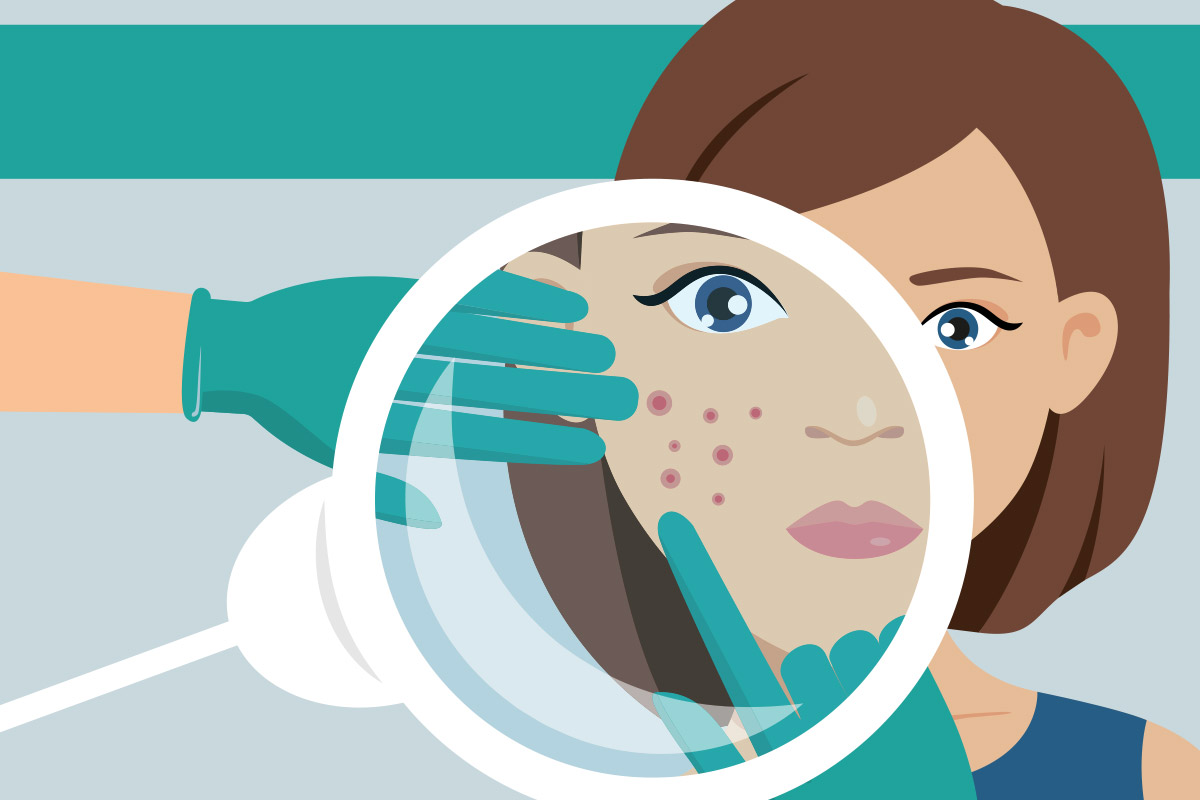Home » Acne Treatments » Acne Medication » Combination Treatments For Acne
Combination Treatments For Acne
Getting the right combination for your skin
Your doctor will sometimes recommend a combination treatment for your acne because acne can be treated in many different ways.
Some treatments work to unblock pores while others decrease oil production and bacteria in the skin.
Fixed combination treatments
A fixed combination treatment is where two or more treatments have been formulated into one.
This can be for convenience but also because both agents, when combined, work more effectively and provide better results.
Getting the right combination for your skin is important so the best results can be achieved while limiting any side effects.
Fixed combinations with proven benefits
Retinoid + Benzoyl Peroxide (Epiduo)
In Australia, there are currently two products with this combination. The difference is the strength of the retinoid component (adapalene) of the medicated gel.
- Epiduo gel (0.1% adapalene/2.5% benzoyl peroxide)
- Epiduo Forte gel (0.3% adapalene/2.5% benzoyl peroxide). This product has a higher concentration of the retinoid.
Antibiotic + Retinoid (Acnatac)
- Acnatac gel contains an antibiotic (clindamycin) 1% with tretinoin 0.025%.
Antibiotic + Benzoyl Peroxide (Duac)
- Duac gel contains an antibiotic (clindamycin) 1.2% along with 5% benzoyl peroxide.
How to use fixed combination treatments
Most of the above treatments are designed to be used once daily. They should be applied to cleansed, dry skin and it’s best to do this at night.
As with all acne treatments, sun protection remains essential, particularly when using a topical retinoid such as the Epiduo products. Avoid direct sun if you’re not wearing protective clothing. If you’re unable to avoid direct sun, correct application of a broad-spectrum UV-A+UV-B sunscreen is essential.
Importantly, applying more treatment cream/gel is not better.
In fact, using too much may irritate the skin and cause more problems. Use each treatment as your doctor has discussed with you. Generally, a thin smear is best. Some results will be seen within days but in general, the maximum effect will occur over 3-4 months of consistent application.
Your skin may take several days to adjust to the new treatment. People with sensitive skin may experience dryness in the first few days/weeks.
Potential side effects of fixed combination treatments
Generally, there are fewer side effects with lower concentrations of these medications. Skin dryness or irritation are common complaints but usually can be managed using the tips listed in the section below.
Sunburn is something that really must be avoided!
Reduce the risks
Here are some simple tips to minimise the risk of skin dryness and irritation:
After cleansing with a soap free cleanser, allow your skin to dry and settle for 10-15 minutes before applying the treatment
Apply a light moisturiser around the eyes, mouth and nostrils plus neck (sensitive skin areas)
Use the treatment on all acne affected areas of the face while avoiding the sensitive areas
If your skin becomes dry or irritated, use the treatment every second or third day/night for the first three to four weeks.
After four weeks, the skin usually adapts and you can then move to daily use. If your skin still won’t tolerate the treatment every night, using it every other night will still provide benefits but more likely, to a lesser degree.
Combining topical with hormonal treatments for female patients
A very common treatment regimen for successfully managing acne includes using a topical therapy along with a hormonal treatment, which is often the contraceptive pill.
Topical therapies generally begin to show initial improvement within 2-3 weeks, if not sooner. While the pill may be more effective at controlling acne in the long term, it can take 8-12 weeks (or in some cases longer) to show improvements.
Also, the pill or other hormonal treatments on their own may not be enough to control your acne, particularly if your acne is severe.
If this is the case, the addition of a topical treatment rather than increasing the strength of the pill may be a better option to reduce side effects.
How to use a topical treatment with a hormone agent
Using both a topical agent and a hormonal agent (like the pill) at the same time requires no extra special instructions than if each of them were used alone.
More information on each treatment can be found in the relevant sections – retinoids, antibiotics or hormonal treatments.
Potential side effects
When these therapies are used together they work on different pathways to help treat your acne.
The combination of these therapies often allows a smaller dose of active ingredient to be used and therefore side effects are reduced.
Refer to the relevant sections for more information on side effects of these therapies.

Seeing a doctor for acne
When acne makes it difficult for you to enjoy your life, it’s definitely time to see a doctor.
